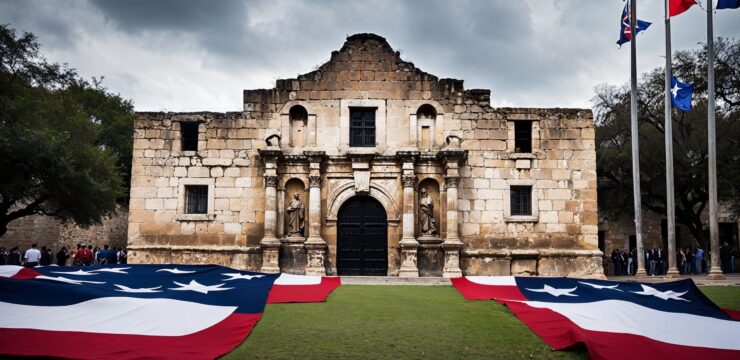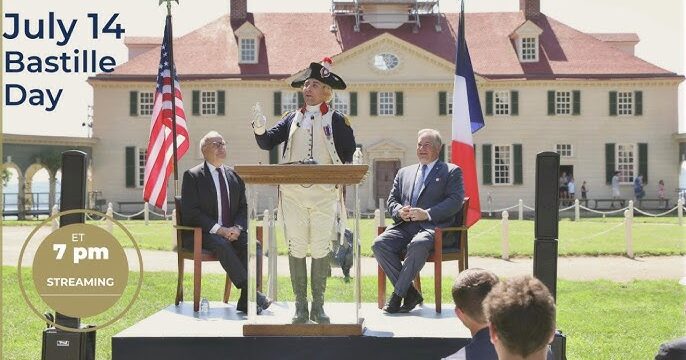Nestled in the heart of San Antonio, Texas, the Alamo stands as one of the most iconic landmarks in American history.
Known for its rich cultural significance and the pivotal role it played in the Texas Revolution,
the Alamo continues to captivate visitors from all over the world. Whether you’re a history enthusiast or simply curious about this historical site,
the Alamo is a must-see destination in the Lone Star State.
Historical Background
The Alamo, originally known as Mission San Antonio de Padua, was established in 1718 as part of a series of Spanish missions in the area. The mission was founded by Franciscan priests who sought to convert local Native American tribes to Christianity and teach them European agricultural practices. Over the years, the mission evolved, and by the early 1800s, it was secularized, becoming a military outpost.
The name “Alamo” is derived from the Spanish word for “cottonwood” and is also a reference to the Alamo de Parras, the home of a company of soldiers stationed there. This military presence would later set the stage for one of the most famous battles in American history.
The Battle of the Alamo: A Defining Moment
The Alamo’s legacy is forever tied to the Battle of the Alamo, which took place from February 23 to March 6, 1836, during the Texas Revolution. The conflict was part of Texas’ fight for independence from Mexico. A group of around 180 Texian (Texan) rebels, including famous figures like James Bowie, William B. Travis, and Davy Crockett, defended the Alamo against an estimated 1,500 Mexican troops led by General Antonio López de Santa Anna.
Despite the defenders’ valiant efforts, the siege ended in tragedy. After 13 days of intense fighting, the Mexican forces overran the fort, and nearly all of the Texian defenders were killed. The Alamo’s fall became a rallying cry for the Texian forces, with the famous phrase “Remember the Alamo!” spurring them to ultimately defeat the Mexican army and secure Texas’ independence.
The Alamo Today: A Historic Site and Museum
Today, the Alamo is a historic site and museum, attracting millions of visitors each year. Located in the center of San Antonio, the Alamo remains a symbol of resilience and courage. The site includes the original chapel, which has been preserved and houses various exhibits related to the Battle of the Alamo. Visitors can learn about the battle, the people who fought there, and the significance of the event in shaping the history of Texas and the United States.
The Alamo also offers a glimpse into the Spanish colonial era, with the preserved architecture and artifacts offering insight into the early history of the region. The site is open to the public year-round, and admission is free, though there are opportunities to participate in guided tours or visit special exhibits for a fee.
The Alamo’s Cultural Impact
The Alamo is more than just a historical landmark; it is deeply embedded in Texas’ cultural identity. The battle’s legacy is woven into the state’s lore, influencing everything from literature and art to films and music. Numerous films and documentaries have been made about the Alamo, with the most notable being John Wayne’s 1960 film The Alamo and the 2004 film The Alamo, which attempted to capture the heroism and tragedy of the battle.
The phrase “Remember the Alamo!” has become a part of the American lexicon, symbolizing the spirit of resistance and sacrifice in the face of overwhelming odds. The Alamo also represents the blending of cultures in Texas, as it stands as a testament to both the Spanish colonial history and the Texas fight for independence.
Conclusion
The Alamo remains a powerful symbol of American history, commemorating a key moment in the nation’s struggle for freedom. Whether you’re interested in history, architecture, or the legacy of Texas, the Alamo offers a unique and profound experience. As both a place of remembrance and a living museum, the Alamo ensures that the courage of those who fought there will never be forgotten. A visit to this historic site is a journey through time, offering insights into the past while honoring the heroes who shaped the future of Texas.


